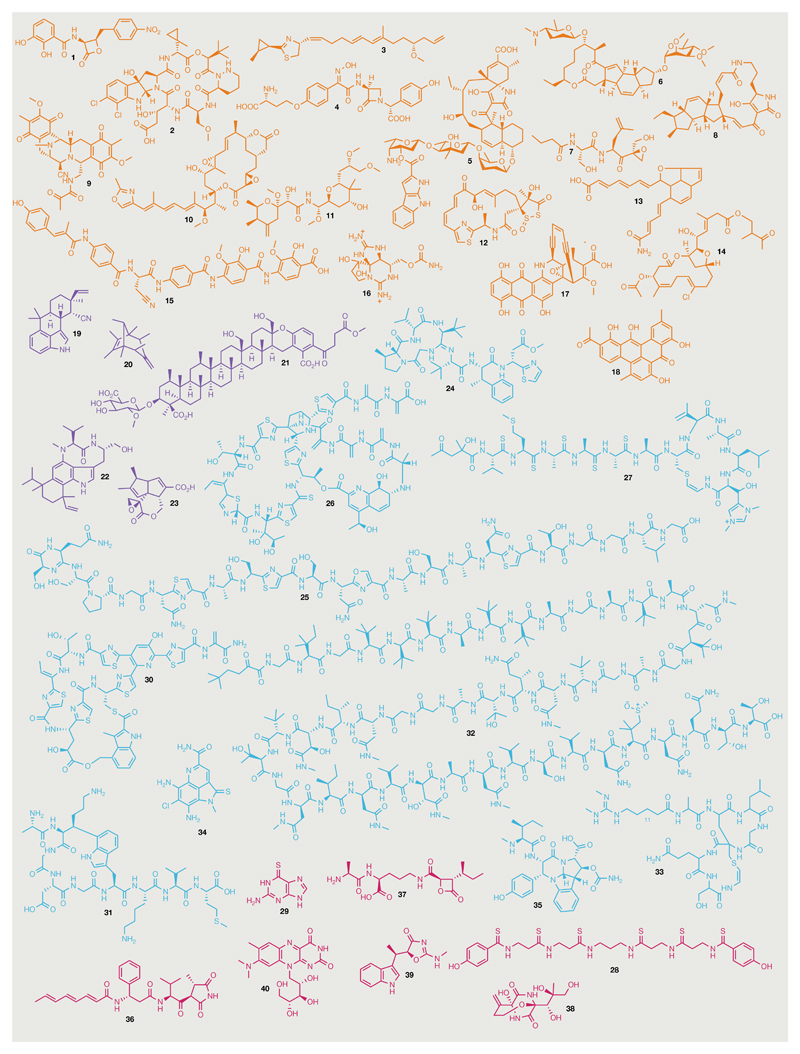Fig. 1. Bacterial natural product chemical diversity.
Natural product (NP) examples described in this Review are illustrated. Compounds are coloured according to the section within this Review in which they are discussed. Orange, polyketide synthase/nonribosomal peptide synthetase-derived NPs; purple, terpenes; cyan, ribosomally synthesized and post-translationally modified peptides (RiPPs); magenta, NPs with non-signature biosynthetic origins. Note that closthioamide (28) and 6-thioguanine (29) are coloured magenta but are not RiPPs. 1, Obafluorin; 2, kutzneride 1; 3, curacin A; 4, nocardicin A; 5, pyrroindomycin A; 6, spinosyn A; 7, TMC-86A; 8, ikarugamycin; 9, saframycin A; 10, rhizoxin; 11, pederin; 12, leinamycin; 13, metatricycloene; 14, oocydin B; 15, albicidin; 16, saxitoxin; 17, dynemicin A; 18, clostrubin; 19, 12-epi-hapalindole U; 20, sodorifen; 21, longestin; 22, teleocidin B; 23, pentalenolactone; 24, bottromycin; 25, klebsazolicin; 26, saalfelduracin; 27, thioviridamide; 28, closthioamide; 29, 6-thioguanine; 30, nosiheptide; 31, streptide; 32, polytheonamide B; 33, microvionin; 34, ammosamide; 35, crocagin A; 36, andrimid; 37, belactosin C; 38, bicyclomycin; 39, indolmycin; 40, roseoflavin.

